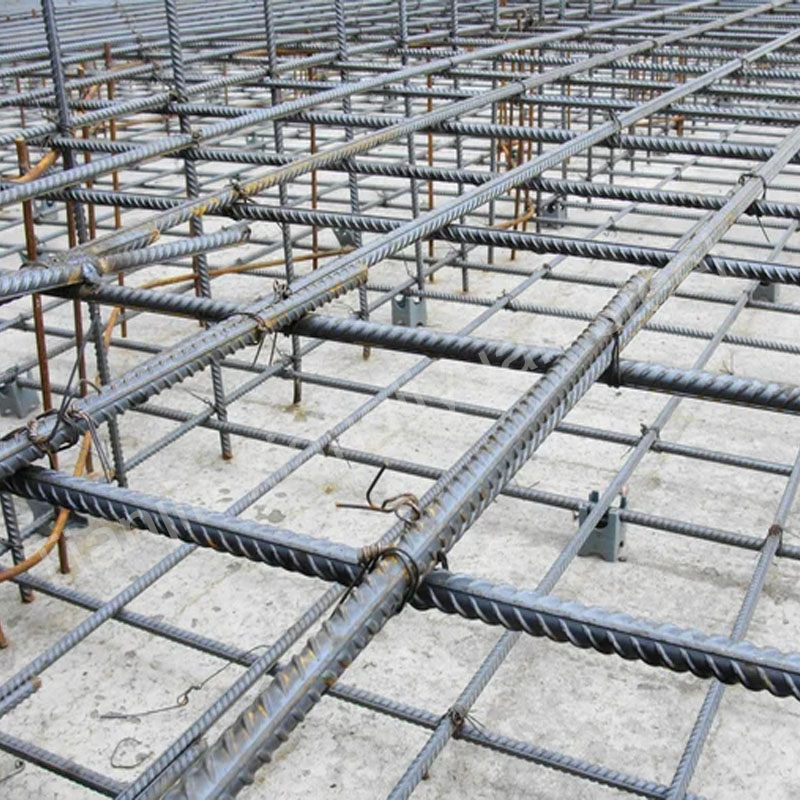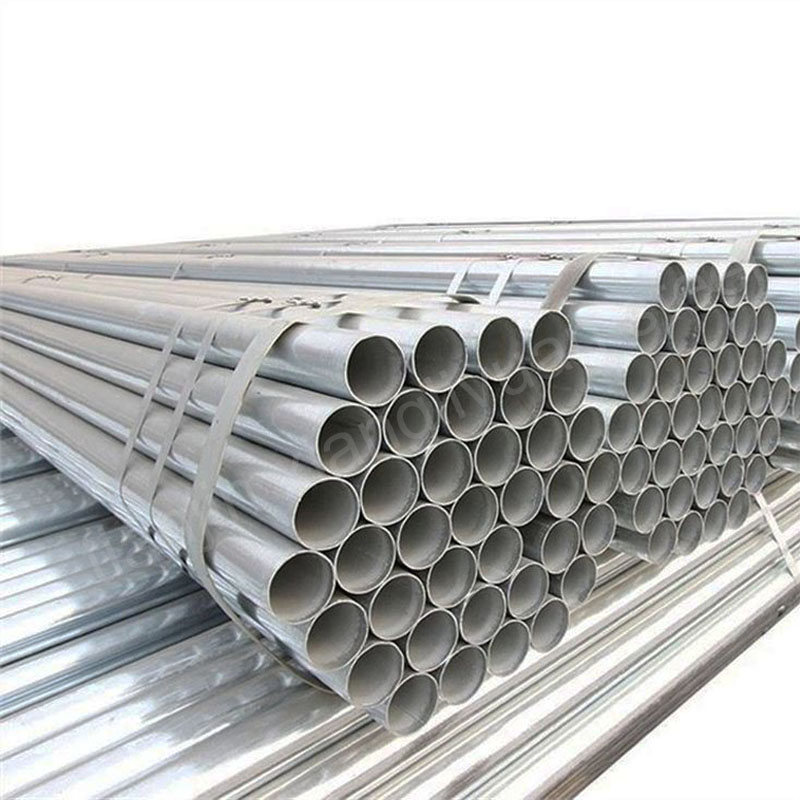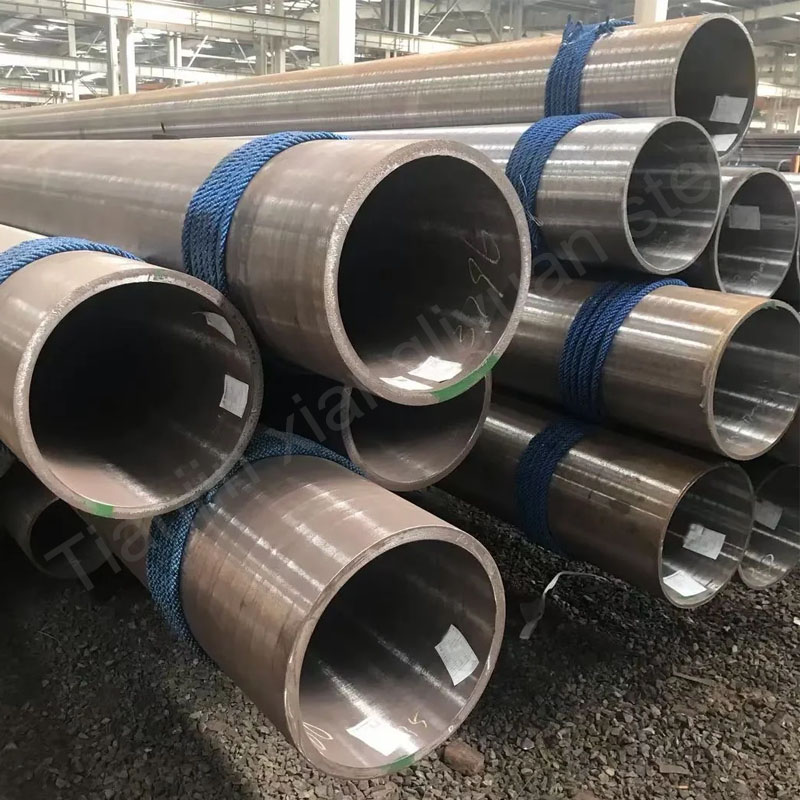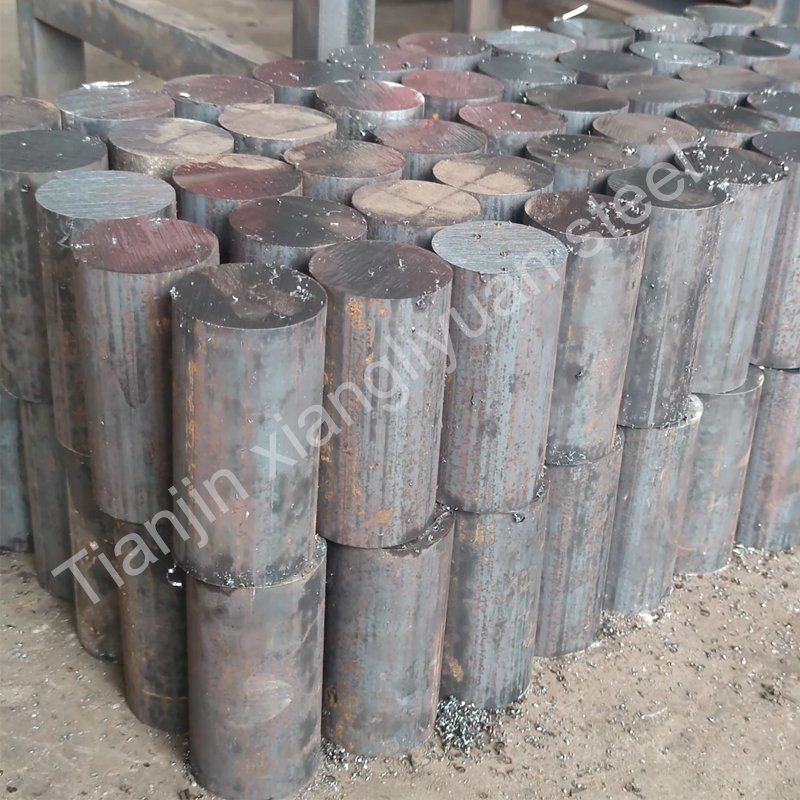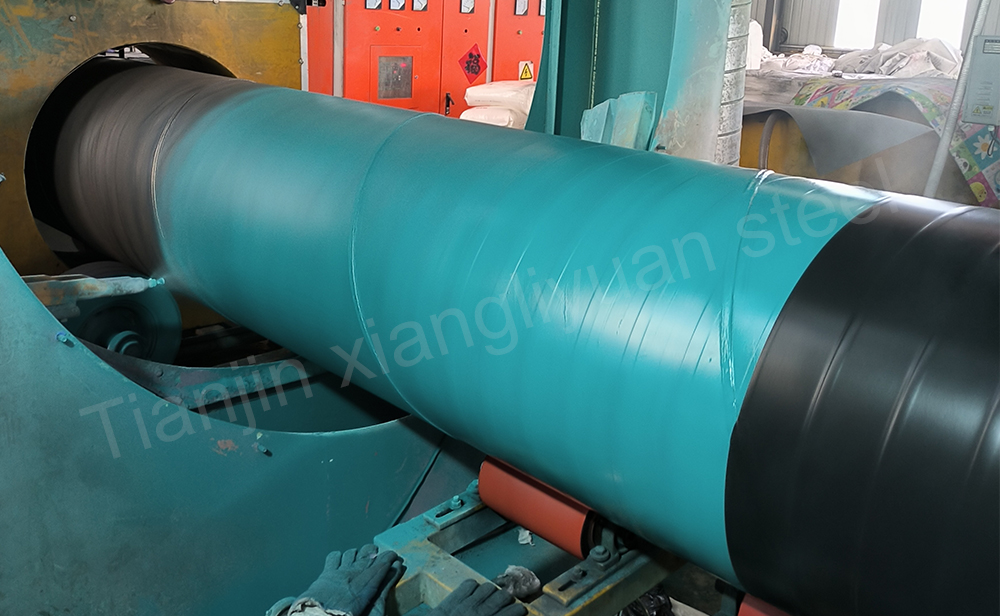Rebar is a kind of steel bar with longitudinal and transverse ribs, which is often used in reinforced concrete structures to enhance the tensile strength of concrete structures. Due to the ribs on its surface, rebar has a stronger bonding ability with concrete and can effectively prevent concrete cracking.
Rebar is mainly made of low alloy steel and carbon steel. According to its alloy composition and mechanical properties, it is divided into multiple grades. The following are common grades and corresponding standards:
1. China National Standard (GB)
HRB335 (Q235 steel): carbon structural steel, yield strength ≥335MPa, suitable for general engineering structures.
HRB400 (Q345 steel): low alloy high strength steel, yield strength ≥400MPa, widely used in various types of construction projects.
HRB500 (Q500 steel): low alloy high strength steel, yield strength ≥500MPa, used for structures with high strength requirements such as high-rise buildings and large span projects.
HRB600 (Q600 steel): higher strength low alloy steel, yield strength ≥600MPa, used for special engineering needs.
2. Other international standards
American standard ASTM A615: Classified by yield strength, common grades are Grade 40, Grade 60, and Grade 75.
European standard EN 10080: Common grades are B500A, B500B, and B500C, corresponding to different yield strength and ductility requirements.
Japanese standard JIS G3112: Common grades are SD295, SD345, SD390, SD490, etc., corresponding to different yield strengths.
The production and application of rebars need to meet certain standards, which mainly specify the chemical composition, mechanical properties, dimensional deviation, surface quality, etc. of rebars.
1. Chinese national standard (GB)
GB/T 1499.1-2017: Steel for reinforced concrete Part 1: Hot-rolled plain round steel bars.
GB/T 1499.2-2018: Steel for reinforced concrete Part 2: Hot-rolled ribbed steel bars.
GB/T 13014-2019: Steel wire and strand for prestressed reinforced concrete.
2. International standards
ASTM A615: Carbon steel ribbed bars for reinforced concrete.
BS 4449 (British Standard): Specification for steel bars for reinforced concrete.
EN 10080 (European Standard): Standard technical delivery conditions for steel bars for reinforced concrete.
Rebars can be classified according to a variety of standards, mainly in the following ways:
1. Classification by yield strength
Low-strength rebar: such as HRB335, with low yield strength, suitable for general construction projects.
Medium-strength rebar: such as HRB400, widely used, suitable for various construction projects.
High-strength rebar: such as HRB500 and above, suitable for high-rise buildings, bridges and other projects requiring high strength.
2. Classification by diameter
Fine-diameter rebar: usually with a diameter of less than 10mm, mostly used for small building components and detailed structures.
Medium-diameter rebar: with a diameter between 10-32mm, it is the most commonly used specification in construction projects.
Large diameter rebar: diameter exceeds 32mm, mostly used in large infrastructure construction.
3. Classification by surface shape
Smooth rebar: smooth surface without ribs.
Ribbed rebar: longitudinal and transverse ribs on the surface, strong bonding ability, the most common type of rebar.
4. Classification by use
Construction rebar: used for reinforced concrete structures in construction projects.
Bridge rebar: used in bridge construction, usually requiring higher strength and durability.
Prestressed rebar: used for prestressed reinforced concrete structures, such as prefabricated panels, beams, etc.
Rebar is widely used in construction projects, mainly including the following aspects:
Building structure: rebar is the most commonly used material in reinforced concrete structure, used for foundations, walls, floor slabs, columns, beams and other building components.
Bridge construction: high-strength rebar is used in the load-bearing structure and concrete piers of bridges to enhance the tensile strength and durability of bridges.
Road engineering: rebar is used in reinforced concrete pavements in road paving to increase the load-bearing capacity and service life of roads.
Water conservancy projects: used in reinforced concrete structures of water conservancy facilities such as dams and tunnels to improve the stability of the structure.
Prefabricated components: In prefabricated reinforced concrete components, rebar is used to improve the strength and connection performance of the components.
Rebar plays an indispensable role in the construction of buildings, bridges, roads, and other infrastructure, with high strength, good ductility and excellent bonding performance.

